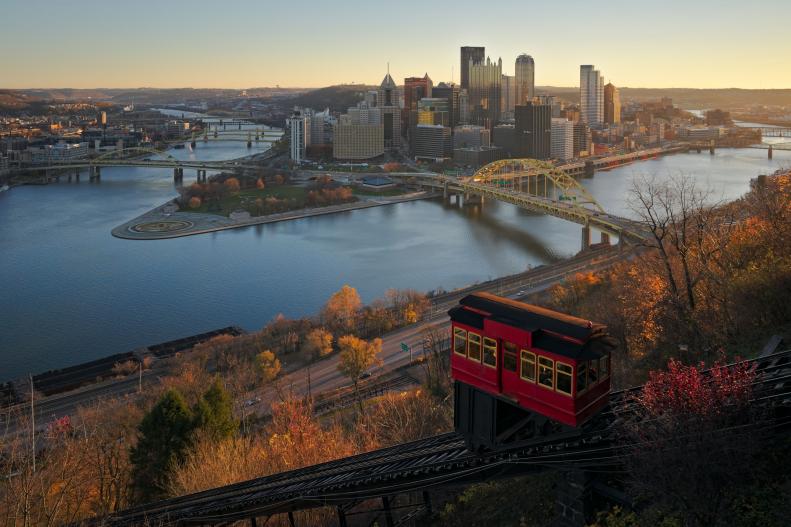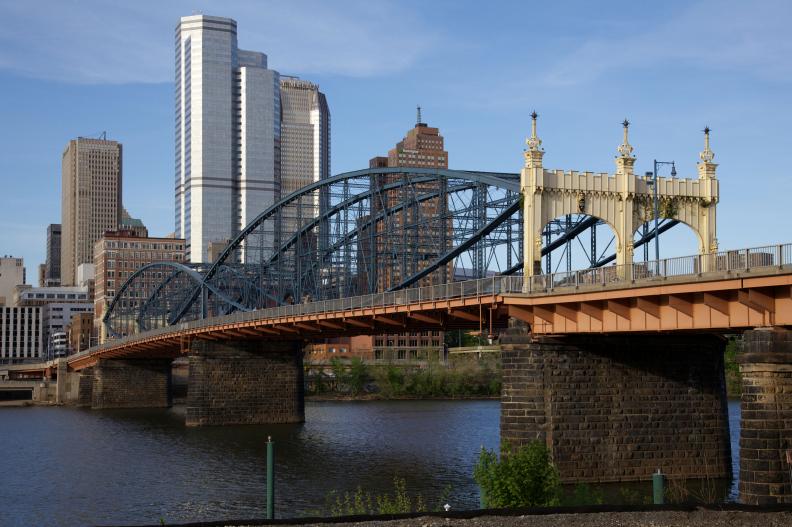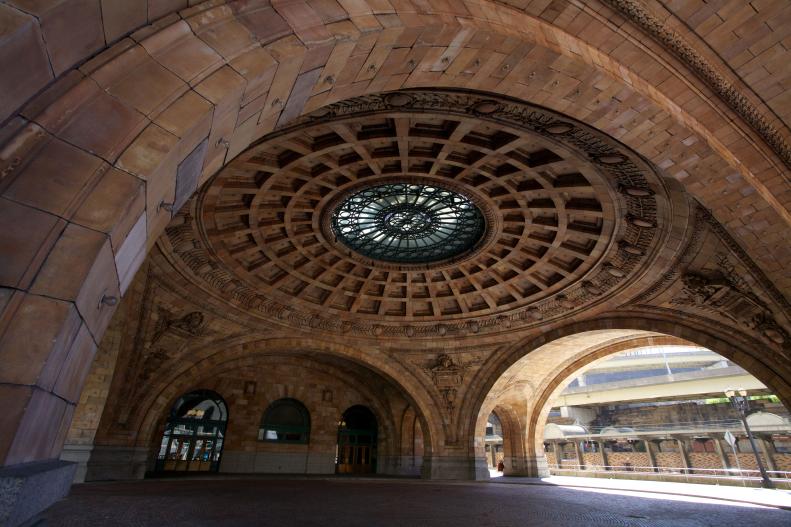1 / 20
The Duquesne Incline
One would do well to begin an appreciation of Pittsburgh’s scenery with a ride on the restored wooden cable cars that began climbing the Duquesne Incline to the summit of Coal Hill, later known as Mount Washington, in 1877. The Incline is now operated by a preservation society, but it’s part of Pittsburgh’s transportation grid and uses the same fares as buses and trolleys—and offers an incomparable downtown view.









